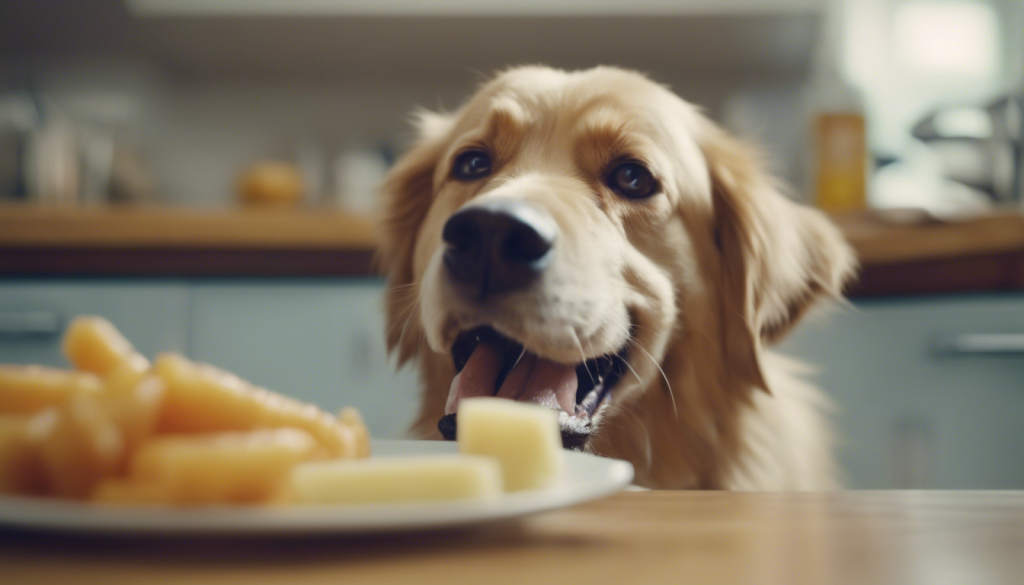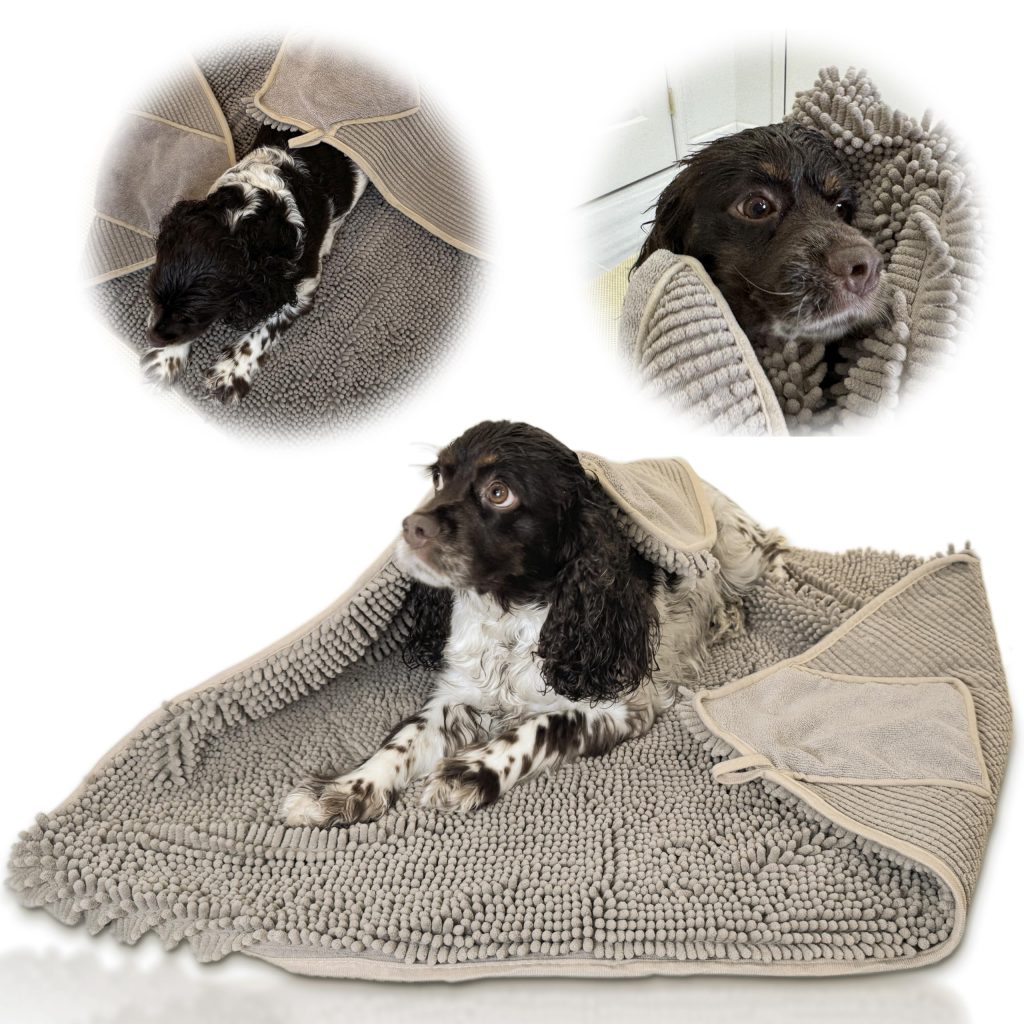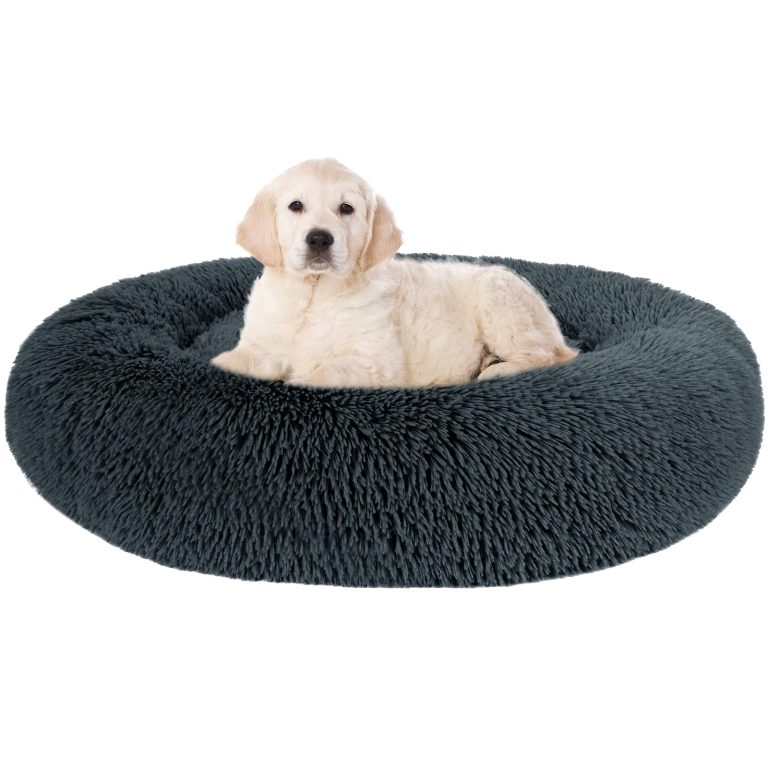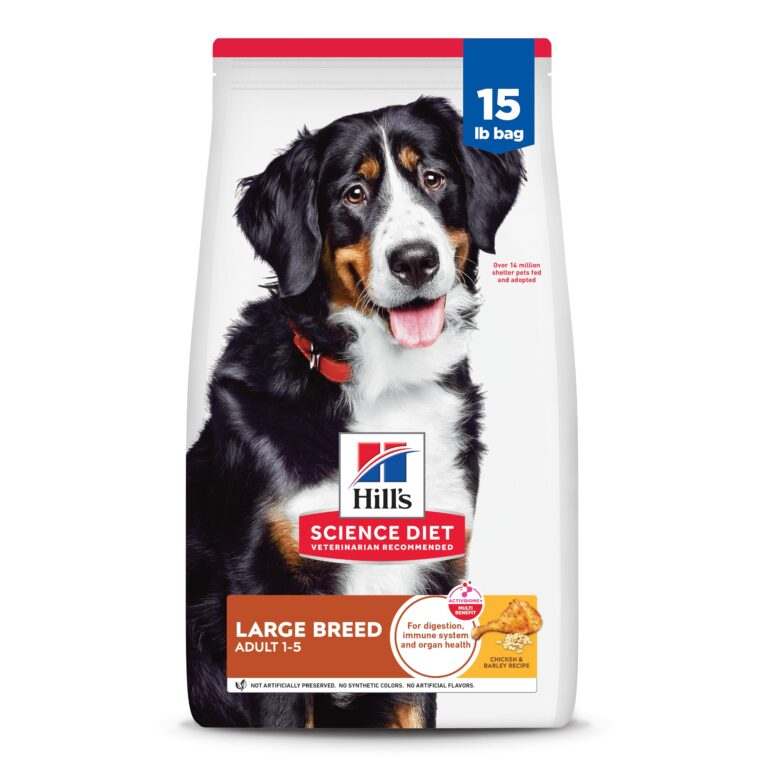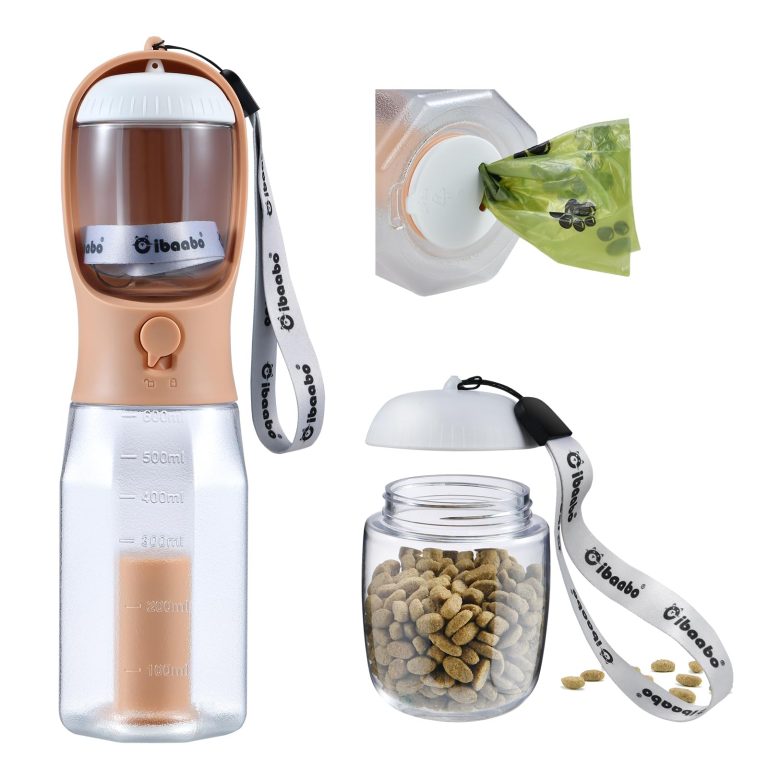Preventing Heatstroke in Dogs – Summer Safety Guide
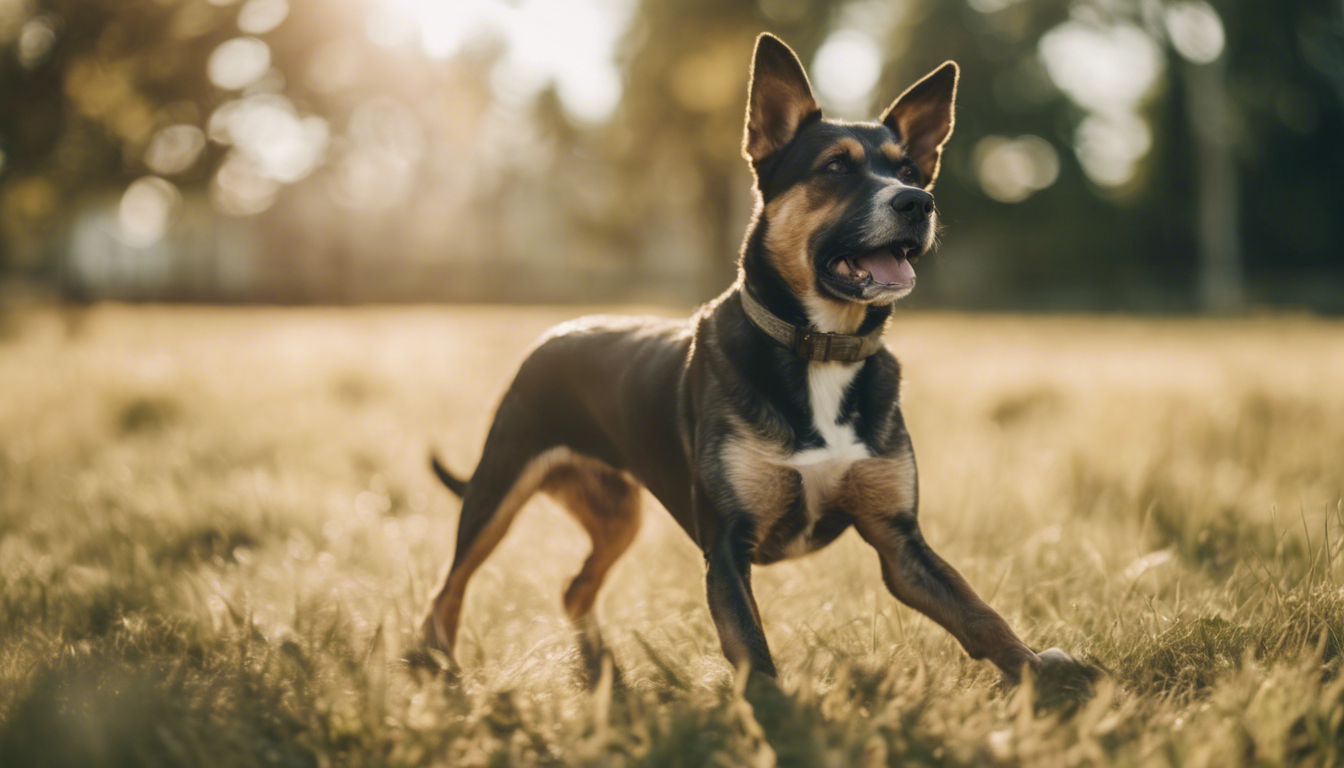
Understanding the Signs and Symptoms of Heatstroke in Dogs
Dog parents, it is important to be vigilant when the mercury rises because heatstroke in our furry friends is not only scary but can be life-threatening. The signs of heatstroke can often be subtle at first but can rapidly progress to dangerous levels. Keep a watchful eye out for excessive panting—that’s often the first red flag that your pooch is struggling to cool down. Unlike us, dogs can’t sweat through their skin, so they rely heavily on panting to regulate their body temperature.
Other symptoms may quickly follow, such as a brightly colored tongue or gums, which may start off a vivid red and can progress to a bluish-purple as the situation worsens. Your pooch might also drool more than usual with saliva that seems thicker than the norm. Look for signs of distress or confusion that could indicate your dog isn’t just flustered by the heat, but really struggling with it. Coordination is key—stumbling or an unsteady gait can be signs that their body is starting to succumb to the temperature.
If things are escalating, you might notice that your dog’s heart rate seems quicker. An increase in pulse is the body’s attempt to circulate blood faster and manage the extreme internal heat. Plus, let’s not forget about the lethargy; every dog has lazy days, but that is different. If it’s too hot and they’re showing signs of heatstroke, they won’t just be couch potatoes—they’ll genuinely struggle to find the energy to move or respond to you.
And in the worst-case scenario, vomiting or diarrhea, especially if it includes any blood, is a dire emergency. These are scary symptoms that require immediate intervention. Seizures are another severe sign that your dog’s body is overheating. In such cases, or if they lose consciousness, it’s imperative to act swiftly and seek veterinary care immediately.
Remember, while we enjoy and sometimes bask in sunny days, our four-legged companions can experience a dangerous downside—knowing the signs of heatstroke can be lifesaving. By staying alert to these symptoms, you’re much better equipped to protect your precious pup from the dangers of overheating. So, let’s make those long summer days safe and enjoyable for both you and your furry best friend!
Essential Tips for Keeping Your Dog Cool in Hot Weather
As the temps rise, keeping your furry friend comfortable and cool becomes a top priority. Ponder of it as setting up the ultimate chill zone for your pooch! One of the simplest ways to keep your dog cool is to provide plenty of shade. Whether it is under a tree, an awning, or a specially designed pet canopy, shade offers a retreat from the direct assault of the sun’s rays.
But we’re not stopping at shade—let’s talk water. Always ensure your dog has access to fresh water. Better yet, pop a few ice cubes into the bowl to keep their water cool, making it more appealing and refreshing to drink. For those dogs that love a good splash, think setting up a kiddie pool in the yard for them to wade and even lie down in. It’s like a mini-vacation by the pup pool!
Exercise is important, but timing is everything. Swap those scorching daytime walks for early morning or late evening strolls when the weather’s cooler. And keep those walks leisurely; save the intense games of fetch for cooler days. You’re both much less likely to overheat when the sun isn’t as strong.
Here’s another cool tip: invest in a cooling mat or vest. These products are designed to help pull heat away from your dog’s body and can be especially helpful for brachycephalic breeds (consider pugs and bulldogs) who are more susceptible to heat.
Ponder giving your dog some cold treats to munch on. Frozen fruit (like watermelon chunks, bananas, or berries), ice treats, or frozen dog-safe broth can provide hydration and a fun way to cool down.
Indoors, fans and air conditioning are your best friends. If you’re feeling warm, chances are your dog is too. By keeping the air circulating and cool, you can help mitigate some of the risks associated with overheating.
Grooming also plays a part in keeping your dog comfortable in the heat. While it might seem counterintuitive, don’t shave off all your dog’s fur; it actually helps regulate their temperature and protect their skin from sunburn. Instead, opt for regular brushing to remove excess fur and consider a trim if they have a particularly thick coat.
Finally, never leave your dog in a parked car during warm weather. The temperature inside can rise quickly to deadly levels, even with the windows cracked open.
By being proactive with these steps, you can ensure your best buddy stays cool as a cucumber when the heat is on. It’s all about managing their environment and being mindful of their needs. Keep it breezy, keep it fun, and above all else, keep it safe!
Hydration and Nutrition: Key Factors in Heatstroke Prevention
Staying hydrated is pivotal for dogs, especially when it feels like you could fry an egg on the sidewalk. Their reliance on panting for temperature control ups the ante on their water requirements. Ensuring your pup has an ample water supply is as important as your trusted pair of flip-flops on a hot summer day. Place several water bowls around the house and yard, so your four-legged companion is never far from a drink. Using wide, stable bowls will prevent tipping and ensure prolonged accessibility to water.
Quality nutrition also plays its part in preventing heatstroke. Foods high in moisture content can help keep your dog hydrated. Incorporating wet food into their diet or adding water to dry kibble can ensure they’re getting extra fluids. Some fur parents even go the extra mile by preparing meals with hydrating veggies like cucumbers or zucchini – talk about being a doggie chef!
In addition to a good helping of H2O, electrolytes matter too. They’re the unsung heroes that keep your dog’s internal orchestra in harmony. Special canine electrolyte formulas are available, but always consult with your vet before giving them to your pet to ensure it’s necessary and done correctly.
It’s also important to avoid feeding your dog immediately before or after vigorous exercise or when they are overheated. This can prevent issues like bloat, which is particularly a concern in larger breeds, and ensures their body isn’t expending energy on digestion when it should be cooling down. Some experts also recommend feeding a lighter meal on hot days to reduce metabolic heat production from digestion.
Moderation is your best friend when it comes to treats. Sure, frozen goodies are a welcome reprieve from the heat, but too many can lead to an upset tummy. So, how about a game of hide-and-seek with cold treats? It adds mental stimulation while helping them chill out – literally.
Preventive care is equally important – routine check-ups with the vet can catch issues that may make your dog more prone to heat-related problems. Underlying health conditions like heart problems, obesity, or respiratory issues can turn up the heat on heatstroke risks.
And don’t forget dental care. Keeping those pearly whites in check means no hidden pain or discomfort, which would add extra stress to their body. A vigorous teeth-cleaning session can be both rewarding and refreshing for your pet, as some dental hygiene products have cool, minty flavors.
Last but not least, age-related health changes warrant adjusted care. Senior dogs might need extra attention during the heat as their tolerance wanes with age. Make sure you’re adapting their hydration and nutrition needs accordingly.
At the end of the day, preventive health is just like a puzzle; all the pieces, from hydration to nutrition, need to fit together seamlessly. Tailor these practices to your dog’s individual needs and consult with your vet about a health care plan that will help your buddy strike a top-dog pose against heatstroke.
Immediate Actions to Take if Your Dog Shows Heatstroke Symptoms
If your dog begins to show symptoms of heatstroke, it’s important that you act quickly and calmly to prevent their condition from worsening. First things first, get them out of the heat immediately and into a cool, shaded area. If you’re indoors, turn on a fan or air conditioning to help lower their body temperature.
One of the quickest ways to cool your dog down is with water—but not ice-cold as it can be too much of a shock to their system. Instead, use cool, not cold, water to wet their body down. Focus on areas where the blood vessels are close to the surface, like their neck, underarms, and groin area. Wetting down the ear flaps and paws can also help.
You could also try wrapping your dog in cool, damp towels, but don’t cover them entirely because it is vital to allow the heat to escape from their body. Keep it loose, keep it cool. Replace the towels frequently as they absorb the body heat—don’t let them become a warm blanket that traps heat.
If possible, encourage your dog to take small sips of water, but don’t force them—if they’re not keen or if they’re vomiting, don’t push it. Too much water could lead to choking or bloating, especially if they swallow a lot of air due to heavy panting.
While your first instinct might be to plunge your dog into a cold bath, resist the urge. Immersing a heatstroke-stricken dog in cold water can cause a rapid drop in temperature and worsen their condition by causing shock.
Even if your dog seems to be cooling down and starts to appear more comfortable, it is critical that you contact your vet asap. Heatstroke can cause unseen problems such as swelling in the brain, kidney failure, or abnormal clotting of blood, which may not be immediately apparent.
While on your way to the vet, continue cooling measures. Use the car’s air conditioner and keep those damp towels handy. Your vet may need to administer fluids or take other medical steps to stabilize your furry friend.
Remember, every second counts, so don’t delay once you recognize the signs of heatstroke. Fast action could make all the difference in safeguarding your dog’s health and potentially saving their life.
